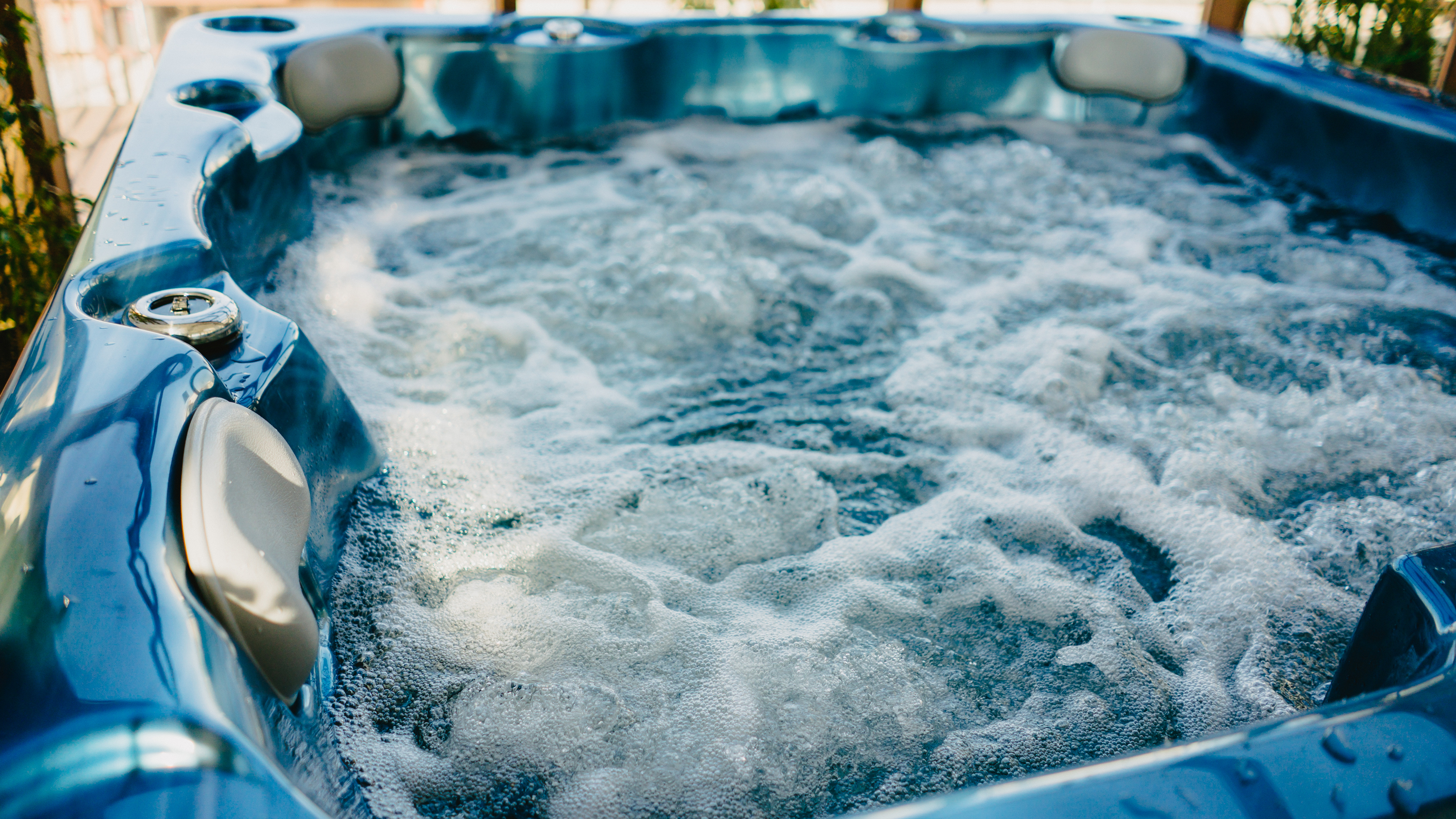
Getting a skin rash from a hot tub – is that a hot tub myth or fact? And what about hot tubs stripping off your fake tan? Fortunately, there are straightforward answers to all these questions.
Hot tubs made 2020 more bearable for a lot of people, and that's a fact. The best inflatable hot tubs can transform a backyard into an outdoor spa. However, hot tubs require precise maintenance to keep the running properly – and safe for you to use. Here are the most common problems associated with using hot tubs that aren't maintained properly. We explain how true the claims are, how much you should be worried, and what you should do to prevent the issues.
1. Hot tubs cause skin allergies
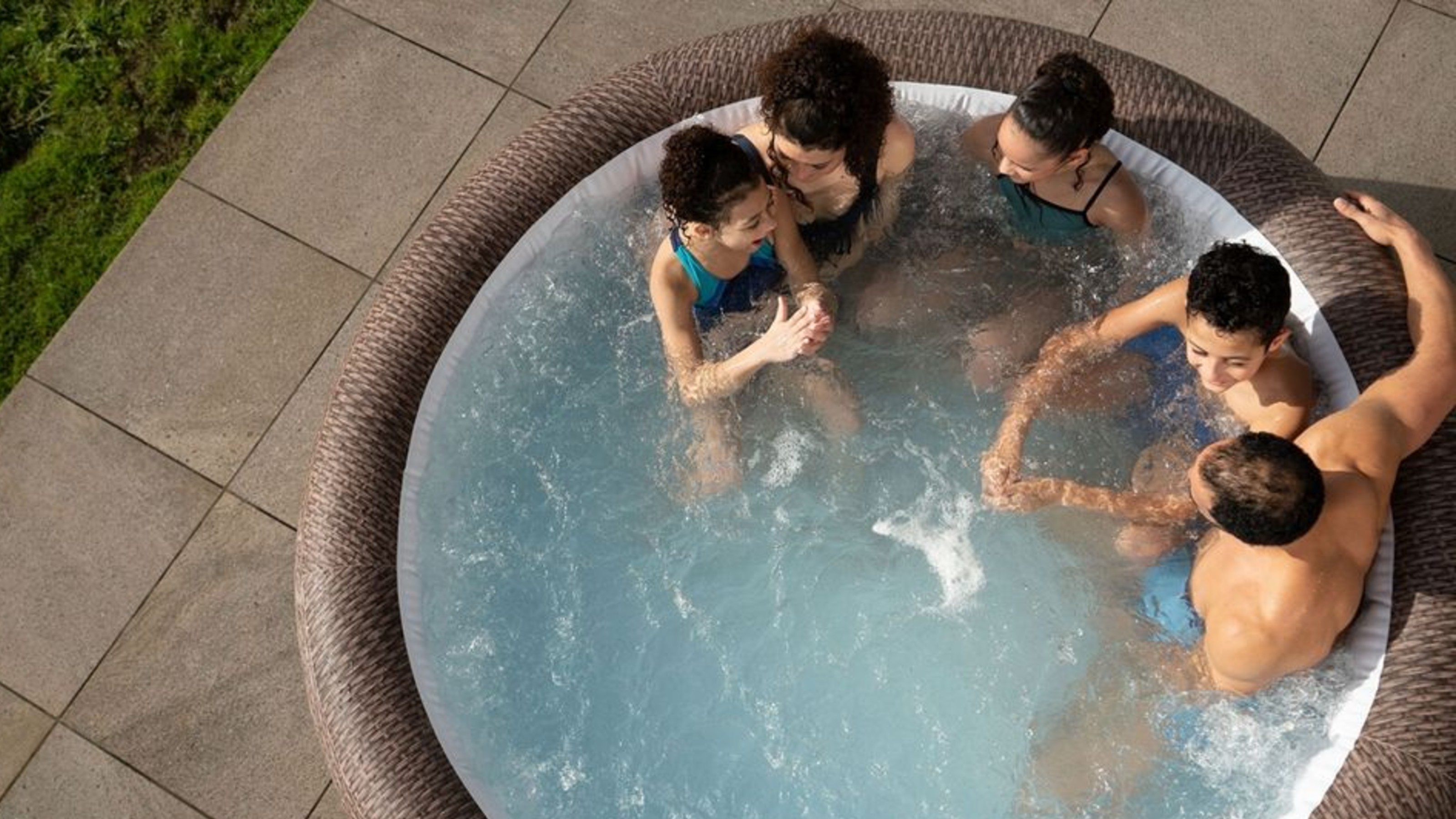
False. Unless you are specifically allergic to chlorine or bromide, you shouldn't get an allergy from using the hot tub. What you can get is folliculitis – an inflammation of body hair follicles that can cause an angry rash. This will only happen if the tub hasn't been cleaned properly and bacteria called pseudomonas aeruginosa have been allowed to breed.
2. Hot tubs can cause a UTI
False – unless the hot tub is incorrectly cleaned, or if the correct chemicals are not used to disinfect the water. Jason Goldberg, Founder at SpaSeekers, says: 'Hot tubs themselves are unlikely to cause UTIs - they’re caused by bacteria that will only appear in the hot tub if not correctly cleaned.' It's important to stress that there's nothing about bathing in hot tubs itself that causes UTIs.
3. You can't use a hot tub if you have a spray tan
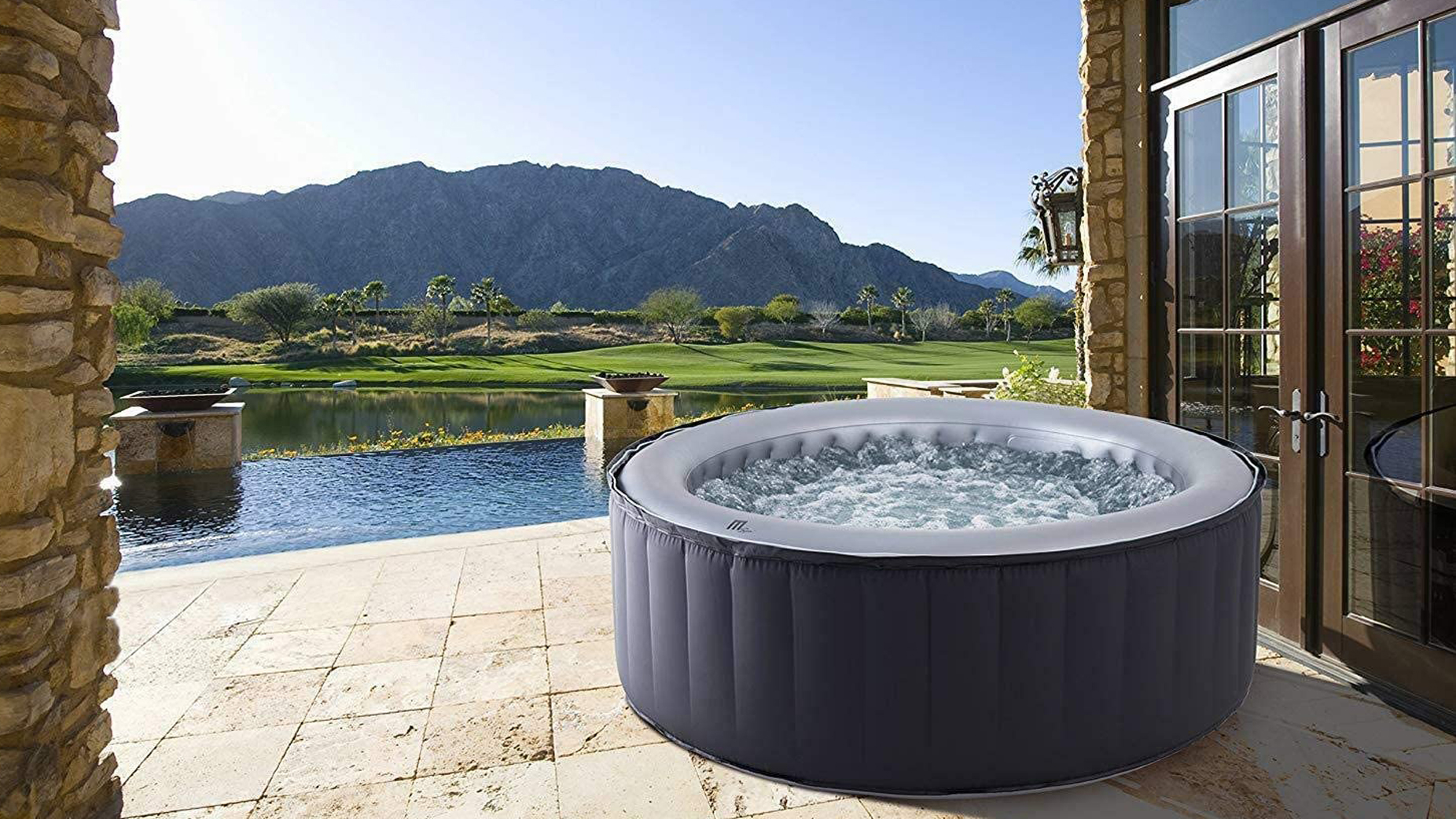
True! You absolutely shouldn't use a hot tub if you have any type of fake tan on your skin. Goldberg calls fake tan in a hot tub 'a big no-no': 'Not only can it discolour the water turning it cloudy, but it can also affect the chemical balance in the tub leading to damage and the growth of harmful bacteria.' Fake tan can also stain the inside of the tub, which is often a cause of disputes over holiday rentals with hot tubs. To say nothing of what your tan will look like afterwards – streaky and faded.
- Thinking of getting a tub for your backyard? See the best hot tub deals: affordable hot tubs for SS21 garden fun
4. Hot tubs cause thrush
This is gross but true. There are two issues with hot tub use that make them the ideal environment for an infection. One is the chlorine that, in high concentrations, can disrupt your body's pH and, in combination with hot water, lead to a yeast infection. The other is the wet swimsuit that many women will keep on afterwards. Goldberg explains that 'by removing swimsuits immediately after leaving the tub, and making sure the water is clean and filtered, you can reduce the risks.'
Also, if you're using a hot tub in a hotel or spa, you should be fine: 'Hot tubs in spas and hotels tend to follow strict cleaning guidelines meaning you can soak safely!' It's backyard hot tubs you should be careful with, particularly over-chlorinated ones.
Join our newsletter
Get small space home decor ideas, celeb inspiration, DIY tips and more, straight to your inbox!
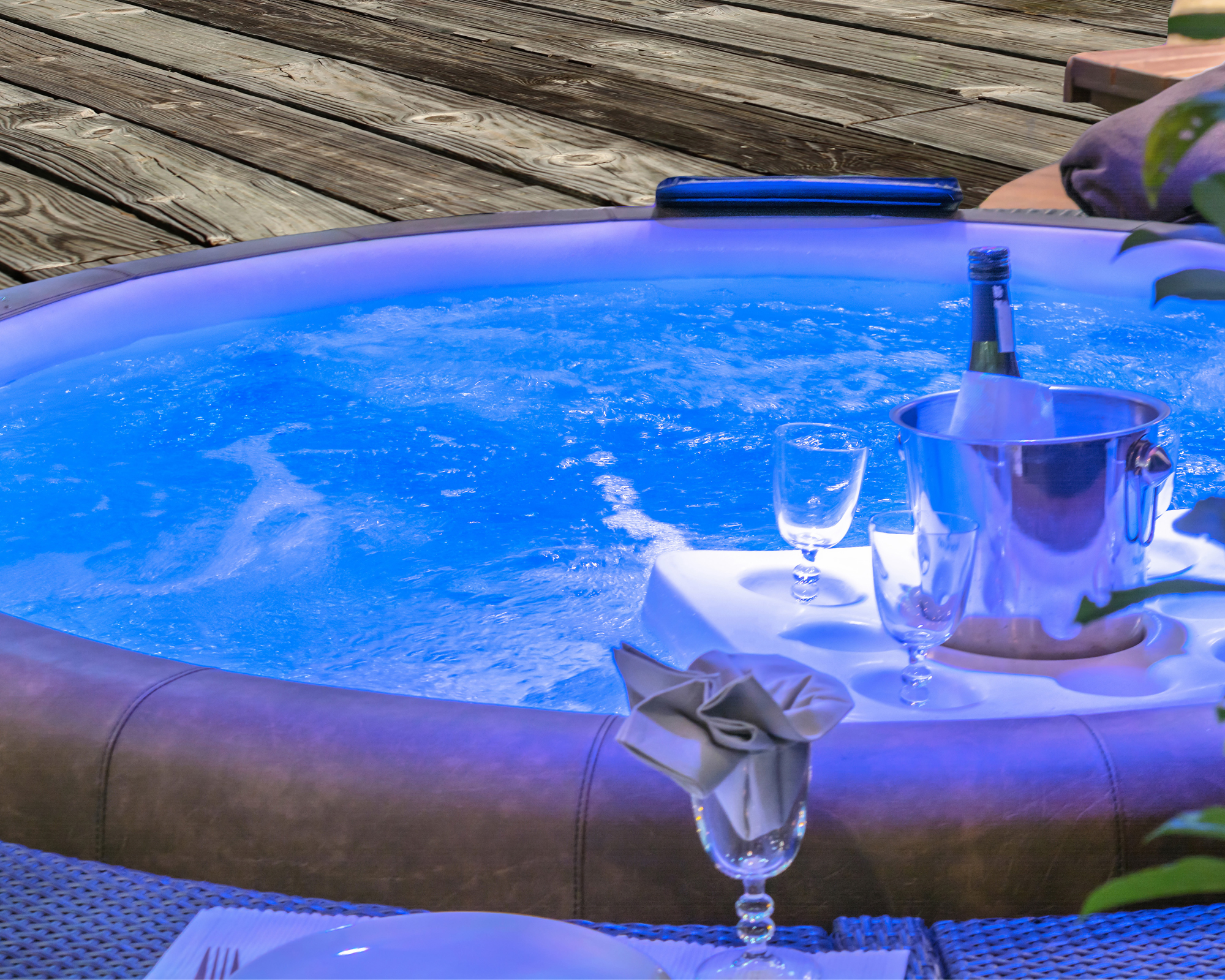
5. You don't need to put chemicals in your hot tub
This is probably the worst myth around using hot tubs. Because chlorine in hot tubs can cause problems, some people think that it's safer not to put any chemicals in the hot tub and just let the hot water kill bacteria. This is a dangerous myth: hot water in a hot tub is not hot enough to kill bacteria (if it was it would boil you alive), and you need those chemicals to keep your hot tub session safe. Charles Gerba, a professor of microbiology and environmental studies at The University of Arizona, has commented in Huffington Post that the average hot tub bather carries about a tenth of a gram of fecal matter with them when they get in. Imagine what this would mean if the water in the tub wasn't disinfected.
And the research is very clear: you need chlorine and bromine in correct concentrations stated by the manufacturer to keep your tub safe. Ozone filtration and other fancy 'chemical-free' treatments do not work as well.
Anna is a professional writer with many years of experience. She has a passion for contemporary home decor and gardening. She covers a range of topics, from practical advice to interior and garden design.
-
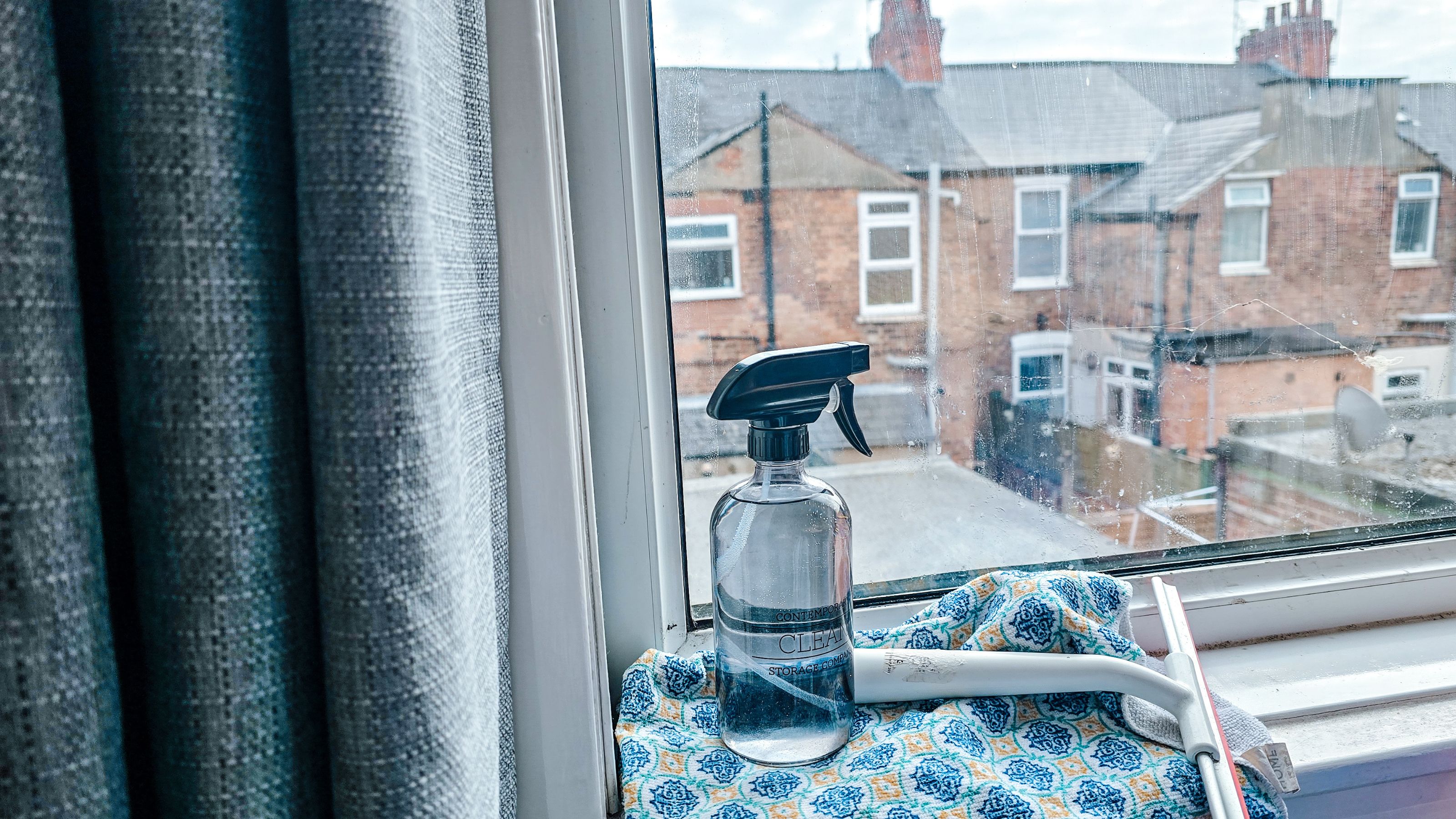 How to clean windows without streaks — 5 easy steps that cleaning pros always follow
How to clean windows without streaks — 5 easy steps that cleaning pros always followThis method on how to clean windows is favored by professional cleaners. We've asked them for the steps you should follow, plus picked cleaning buys
By Eve Smallman Last updated
-
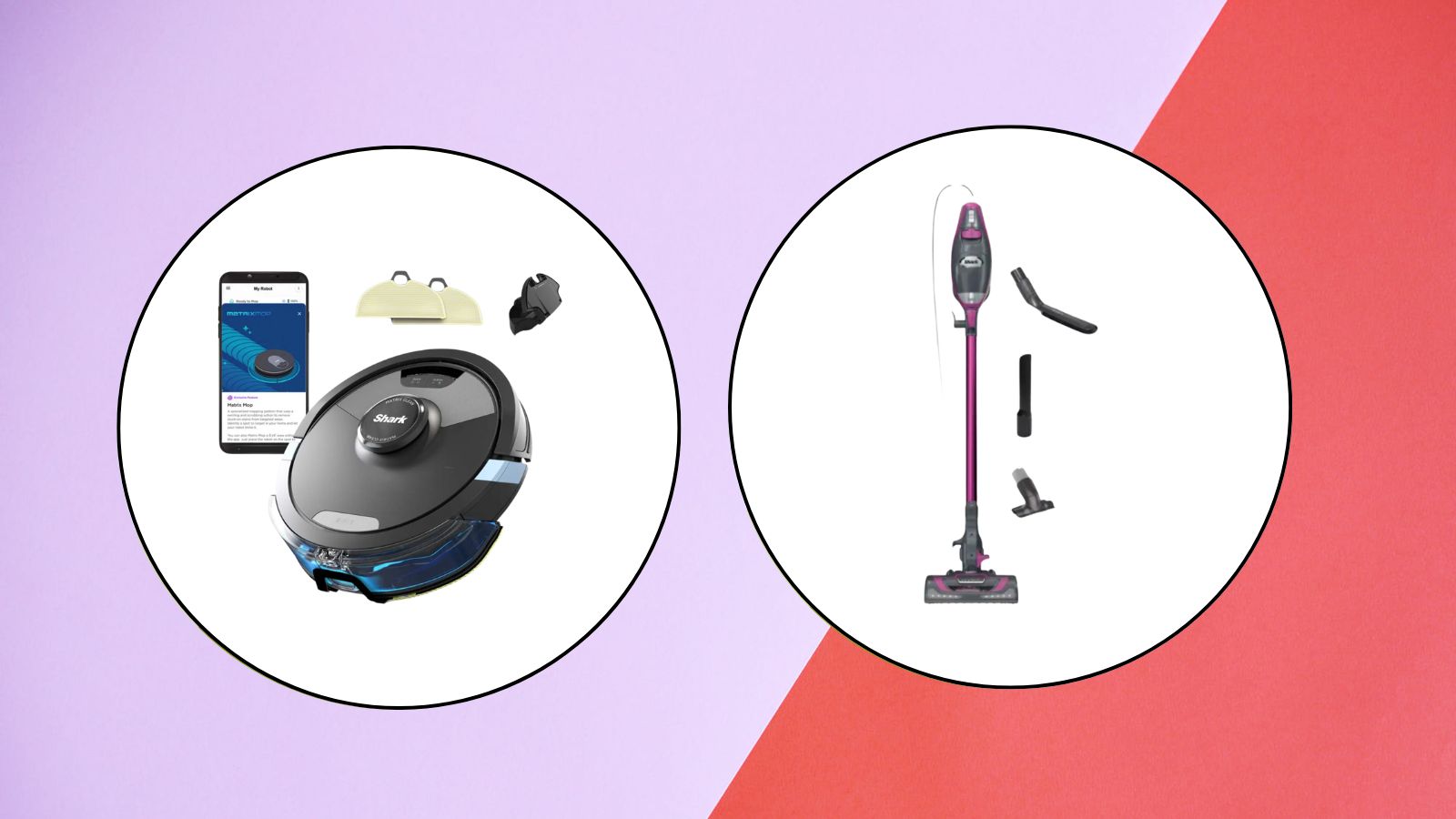 The latest Shark sale deals are perfect for pollen-proofing your home — with up to $150 off our favorite vacuums
The latest Shark sale deals are perfect for pollen-proofing your home — with up to $150 off our favorite vacuumsWe found the latest Shark sale deals on vacuums that are sure to be swooped up, especially as spring blooms trigger pollen allergies and we're in need of extra cleaning
By Danielle Valente Published
-
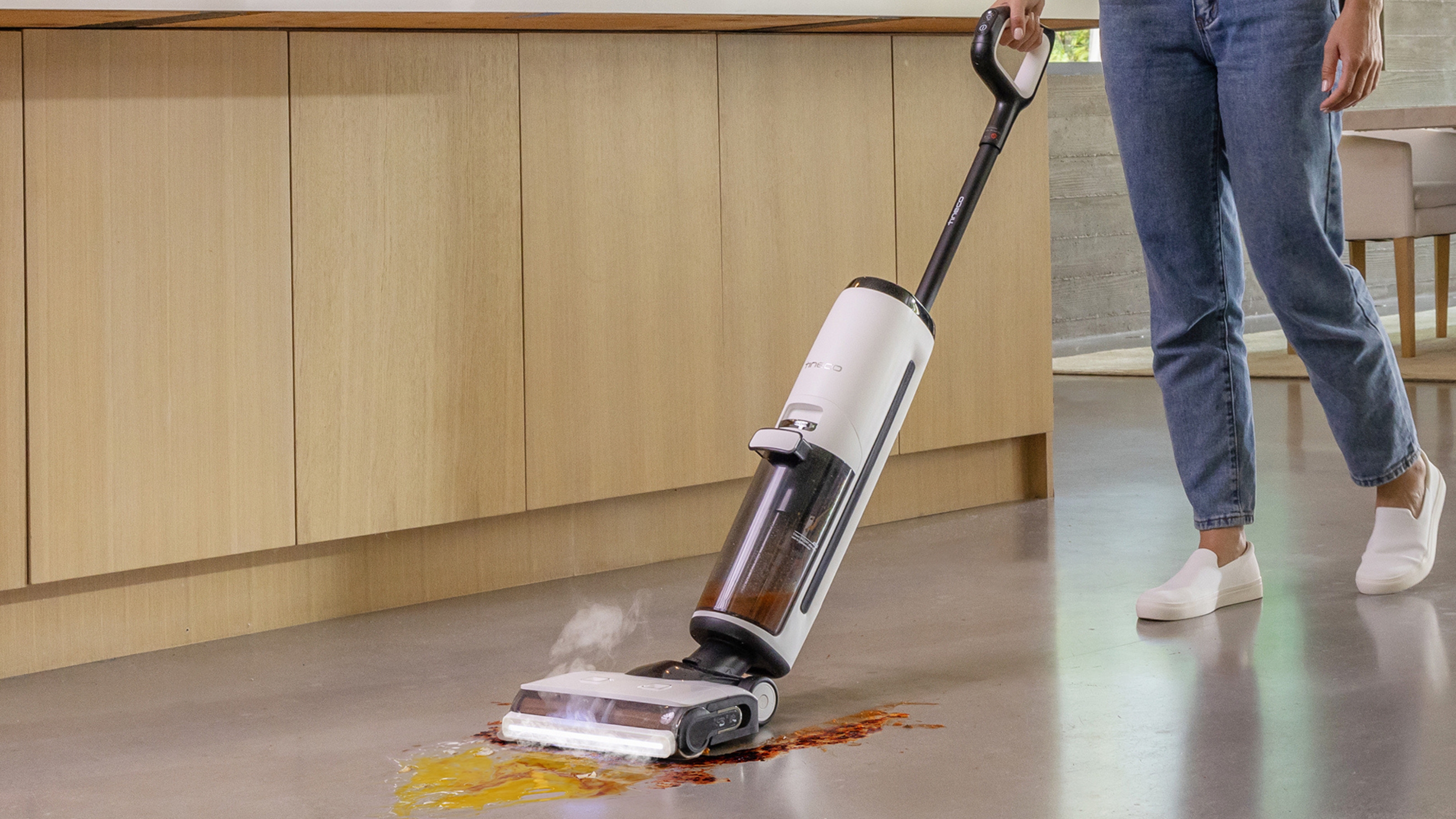
 Tineco Floor One S7 steam wet-dry vacuum review — spotless floors with minimal effort
Tineco Floor One S7 steam wet-dry vacuum review — spotless floors with minimal effortOur contributing editor, Camryn Rabideau, tests the Tineco Floor One S7 steam wet-dry vacuum in her New England homestead property
By Camryn Rabideau Published
-
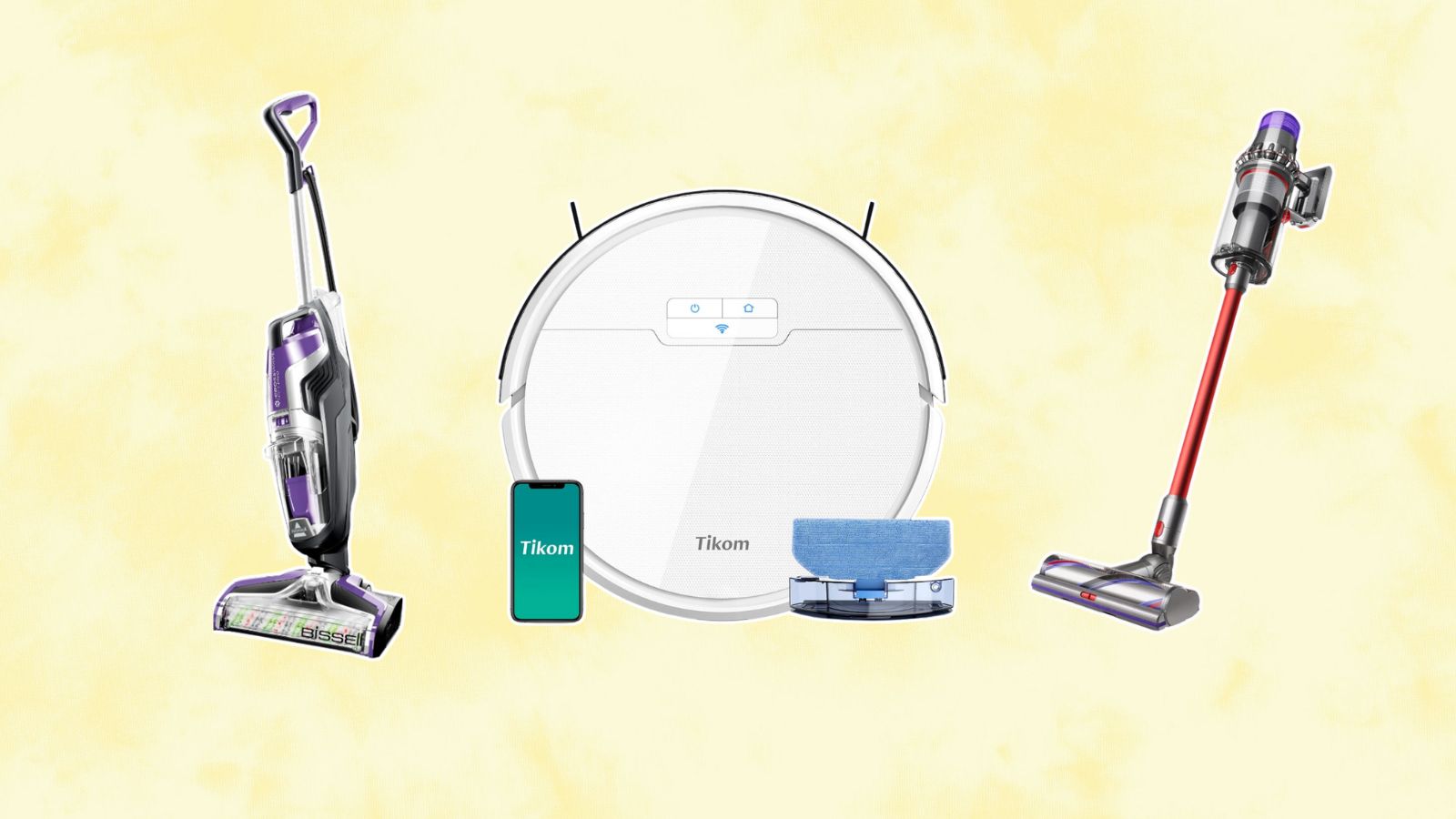 Amazon vacuum cleaners to nab during the retailer's Big Spring Sale — save up to 60% off our go-to small-space finds
Amazon vacuum cleaners to nab during the retailer's Big Spring Sale — save up to 60% off our go-to small-space findsChecking out the savings on Amazon? Vacuum cleaners are a must-buy during their first Big Spring Sale — here are our favorites up to 60% off
By Danielle Valente Published
-
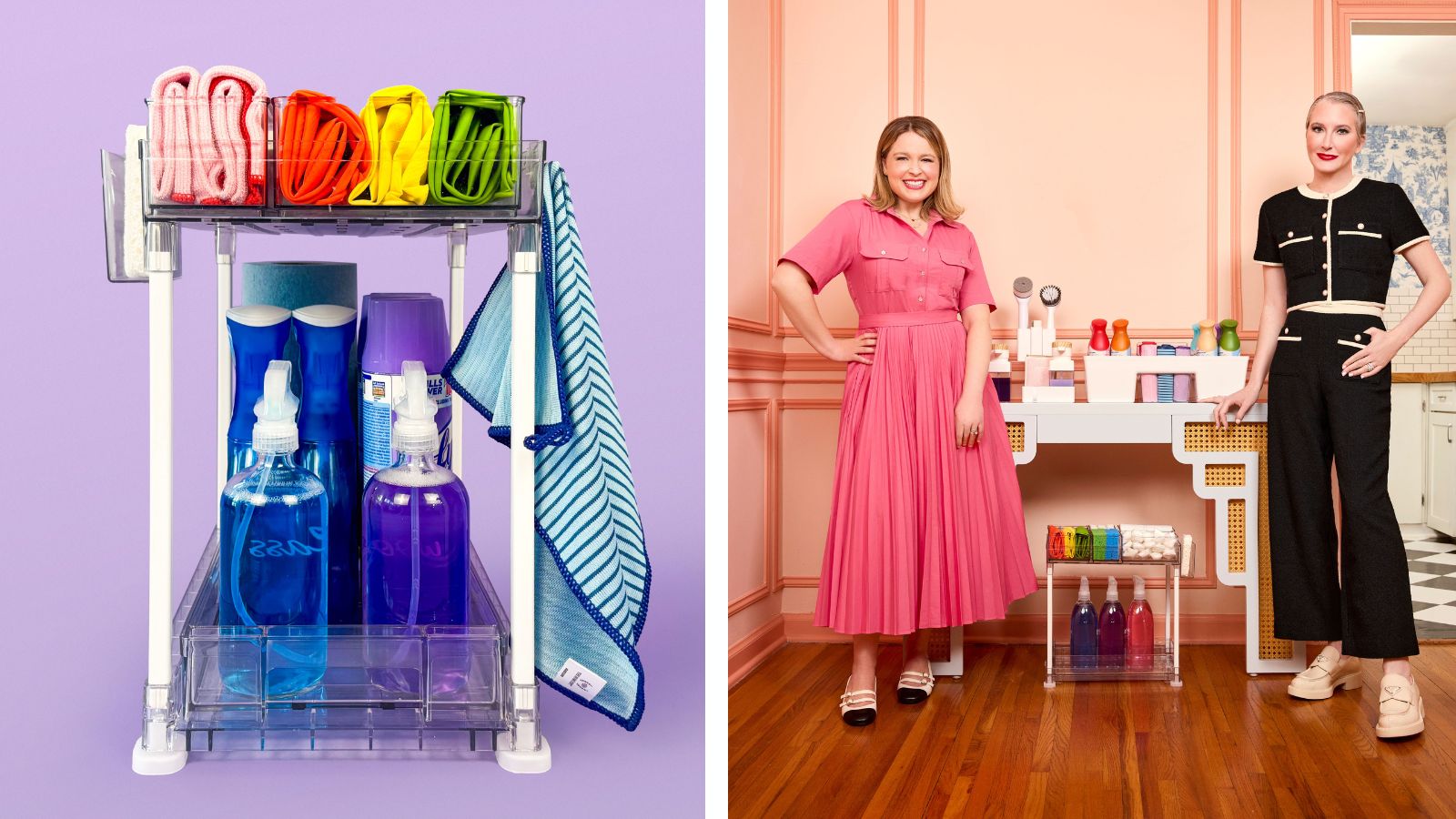 The Home Edit Walmart cleaning collection has just debuted with finds from $3
The Home Edit Walmart cleaning collection has just debuted with finds from $3Spring cleaning, anyone? The Home Edit Walmart cleaning collection has hit shelves with picks from $3
By Danielle Valente Published
-
 How to clean carpet on stairs — 3 simple steps to a spruced up staircase
How to clean carpet on stairs — 3 simple steps to a spruced up staircaseWant to know how to clean carpet on stairs? Our experts explain the simple steps to a sparkling stairway without too much elbow grease
By Andy van Terheyden Published
-
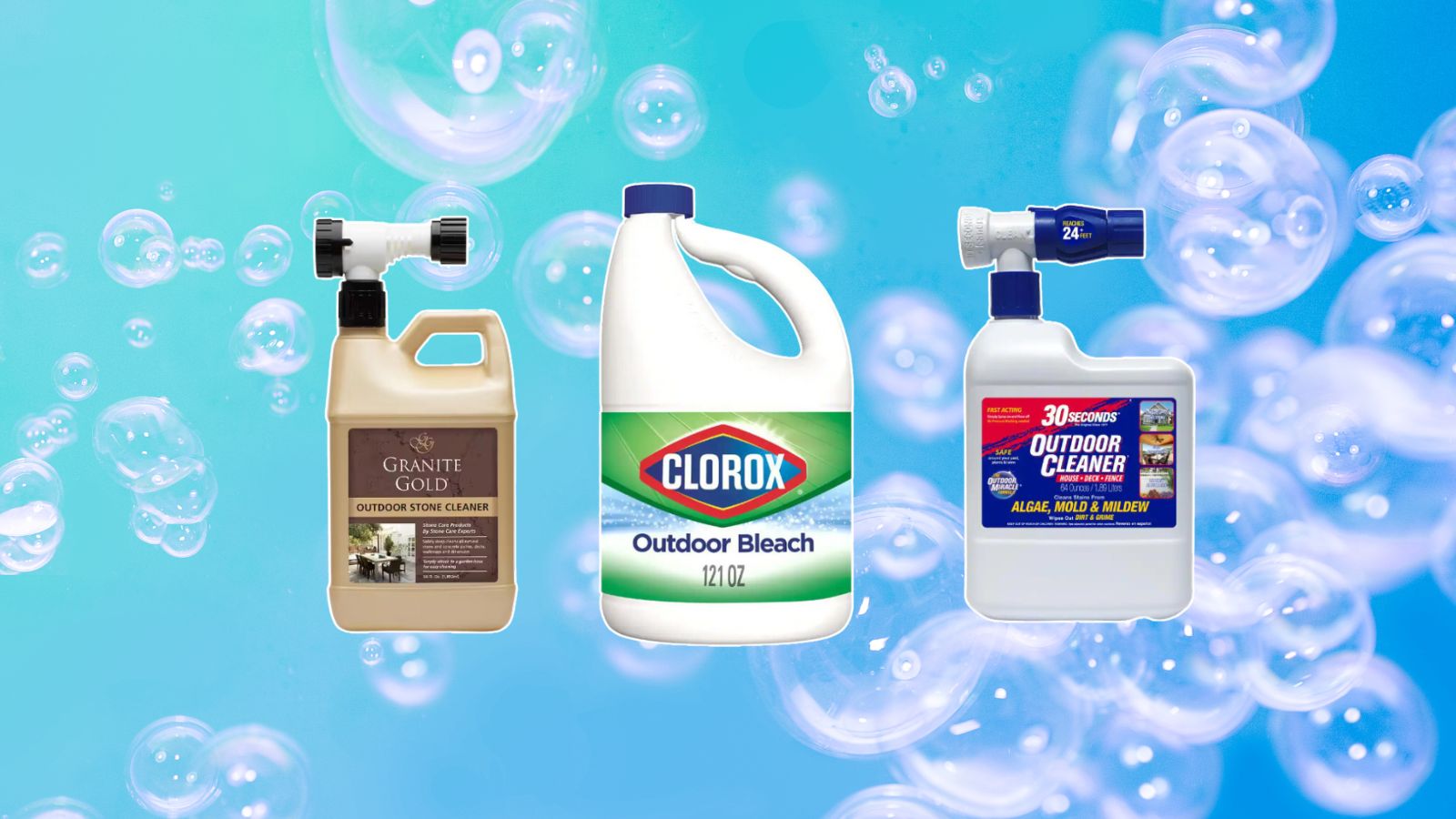 The Home Depot backyard and patio cleaning supplies we're stocking up on before spring
The Home Depot backyard and patio cleaning supplies we're stocking up on before springDon't forget the outdoors when spring cleaning — The Home Depot backyard and patio cleaning buys from $11 will assist with tidying up
By Danielle Valente Published
-
 The Shark Detect Pro vacuum and other models are on sale for St Patrick's Day — perfect picks for your spring clean
The Shark Detect Pro vacuum and other models are on sale for St Patrick's Day — perfect picks for your spring cleanWhether you're eyeing the Shark Detect Pro Vacuum or Shark Pet Cordless Stick Vacuum, shop the St. Patty's Day sale for a discount on the best vacuums on shelves
By Danielle Valente Published